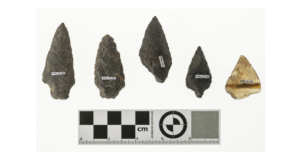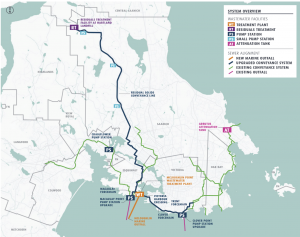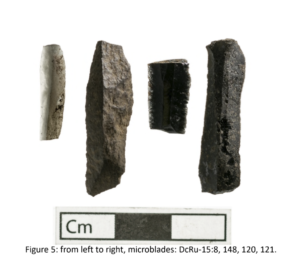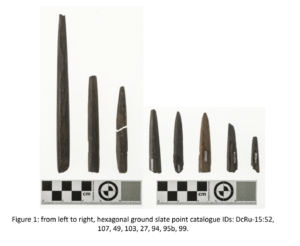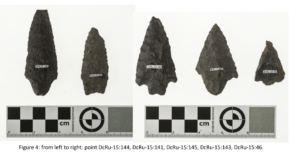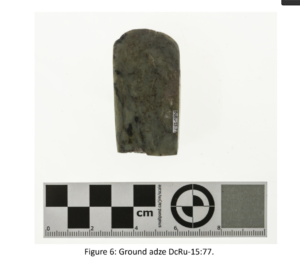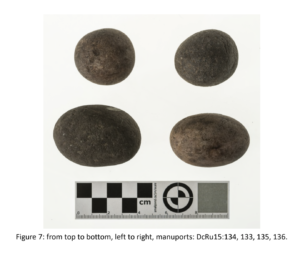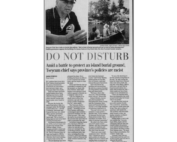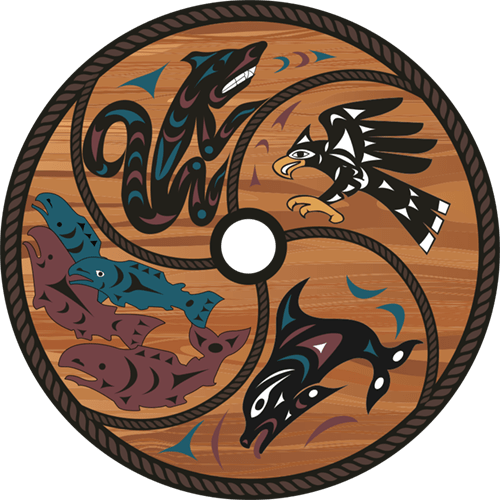During excavation for a new pump station on Interurban road, as part of the work on the CRD Wastewater Treatment Plant Project, the CRD uncovered ancient W̱SÁNEC artifacts.
The CRD Wastewater Treatment Plant Project is a $775 million project that was undertaken by the Capital Regional District to enhance wastewater treatment in the region.
The project includes a Wastewater Treatment Facility at McLoughlin Point that treats the sewage and pumps the material for further treatment, through conveyance lines, to the Residuals Treatment Facility located at Hartland Landfill.
Initially, the CRD failed to adequately consult with or obtain consent from W̱SÁNEĆ people on the decision-making, construction, and operation of the facility at Hartland or the conveyance lines running through W̱SÁNEĆ territory. However, the WLC insisted that concerns regarding environmental, cultural and archaeological impacts be addressed. During this time the CRD continued their work and stored the excavated material at a facility on the West Shore. It was many months before a relationship was formed that allowed the WLC involvement in the cultural work to ensure no ancestral remains were disturbed.
In the Fall of 2020, W̱SÁNEĆ cultural workers and Millenia Archaeologists screened the material and uncovered fascinating information which illustrates W̱SÁNEĆ people’s long, rich history of occupation of the area.
The archaeological report, released in February 2021, details the findings and concludes what W̱SÁNEĆ people already know: W̱SÁNEĆ people have been living in this area for many thousands of years.
Microblades used for animal processing found at the site were sourced as far away as Oregon, signifying established trade routes.
The site, located near the intersection of Interurban Road and Courtland Avenue (known as DcRu-15), had been previously recorded as an archaeological site in 1959, when a property owner reported collecting artifacts including a fine lanceolate point, ground slate point, and other projectile point tips.
The archaeological work conducted at the site further supports W̱SÁNEĆ knowledge of the use, occupancy and history of the land. The youngest radiocarbon dates returned from the site are between 1,815-1,620 years old. However, the report includes a carbon-dated charcoal sample collected from a hearth, which was found to be between 4800 and 4450 years old. The report is careful to note that these findings do not preclude the possibility of older occupations not identified in this report.
The 4000-year-old charcoal sample is consistent with the other findings in the report which demonstrate the site was occupied repeatedly over at least the last four thousand years and was likely more than just a seasonal base for deer hunting.
The abundance of deer bones found at the site, many of which appear burned or calcined from exposure to high temperatures, suggests that deer hunting and processing was the primary activity of people at the site. However, in addition to the tools and deer remains found, an abundance of remains of salmon and other saltwater fish were also identified. These findings support W̱SÁNEĆ knowledge of residents travelling from this location to marine water to fish and/or transporting fish inland to support an extended stay. The same is suggested for the shellfish remains which, being transported fresh, suggest repeated travel to and from the site.
During the screening, a total of 156 artifacts were recovered, many of which appear to be associated with tool manufacture and hunting. In addition to the artifacts, animal remains were found which provide a glimpse of the other food sourcing activities that took place at the site and surrounding area.
Hunting tools:
The majority of the hunting tools recovered consist of projectile points made of slate, chipped stone, and bone. These projectile points could have come from arrows, harpoons and/or spears.
Multifunction tools:
Micro blades were multifunctional tools, likely used for processing both plant and animal remains.
One of the micro blades found at the site was sourced as far away as Oregon, signifying established trade routes.
Nephrite adzes
Nephrite adzes, commonly used for woodworking but could have also been used for war and ceremonial use.
Sling stones:
Swartz Bay is known as S,JELKES in SENĆOŦEN, which means “hand sling” and s-CHUL-kus, a type of sling. Manuports or sling stones are a type of technology commonly known for hunting birds.
The report concludes:
“The archaeological work conducted at the site supports Indigenous knowledge of use and occupancy of the land – the deep historical connections to place, the interconnectedness of places and people, near and far, and continuity of these connections to the present.”
This significant archaeological discovery is just one of the benefits of the positive working relationship the WLC has now created with the CRD. Going forward, adequate W̱SÁNEĆ involvement and culturally appropriate treatment of land within the territory is assured, in addition to funds allocated for Technical and Traditional Knowledge Studies, jobs and training specifically for W̱SÁNEĆ people, and a precedent for the importance of cultural monitors during CRD work within the territory.
Stay up to date on this story and others. Sign up for our newsletter.
RECENT POSTS
How are we doing?
The archaeological work conducted at the site supports Indigenous knowledge of use and occupancy of the land – the deep historical connections to place, the interconnectedness of places and people, near and far, and continuity of these connections to the present.


